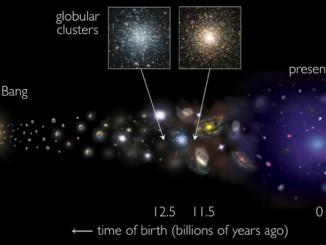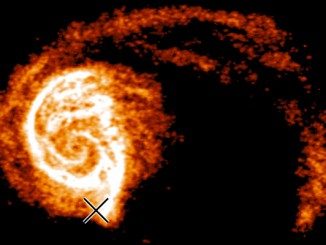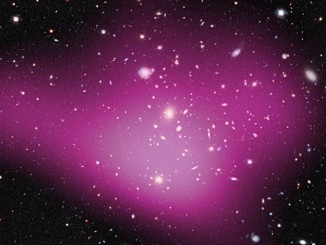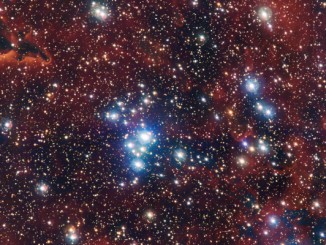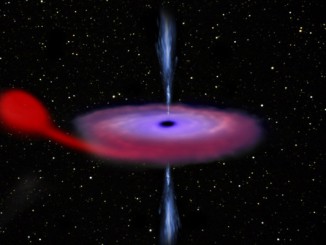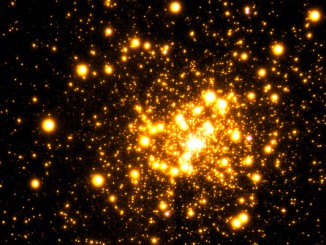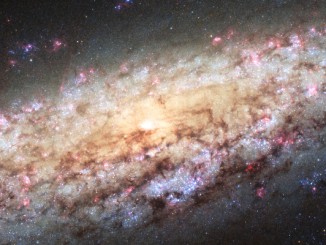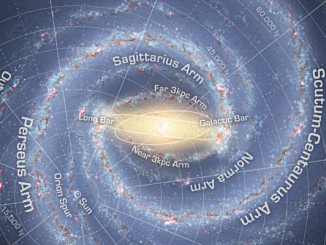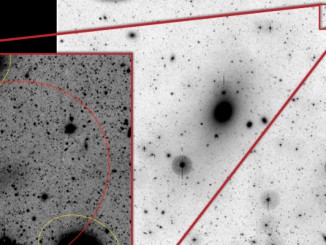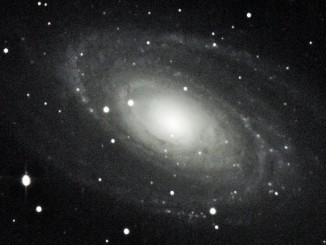
Large galaxies’ appetite for growth revealed in streams of stars
An international team of astronomers has used a highly sensitive instrument on one of the world’s largest telescopes to witness a dominant galaxy, Messier 81 in Ursa Major, ingesting the stars of its near neighbours. The gravitational pull of M81 was shown to distort the shapes of adjacent galaxies, pulling their stars into long tails in a process called tidal stripping.

